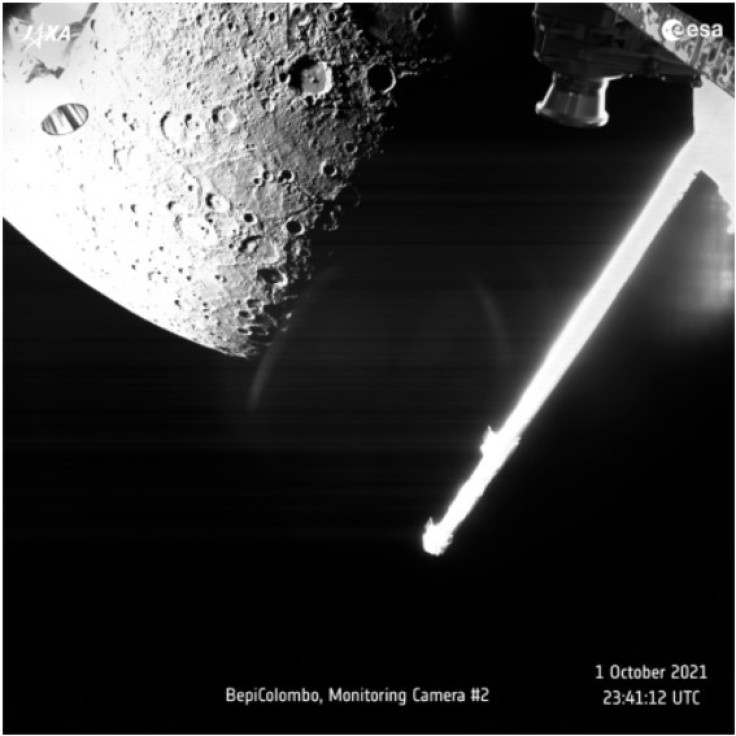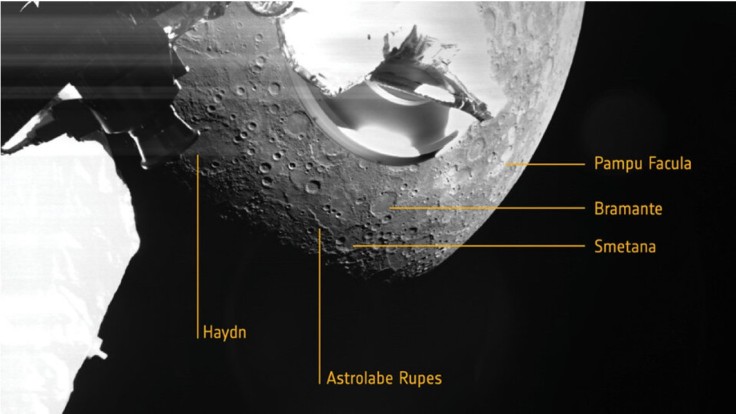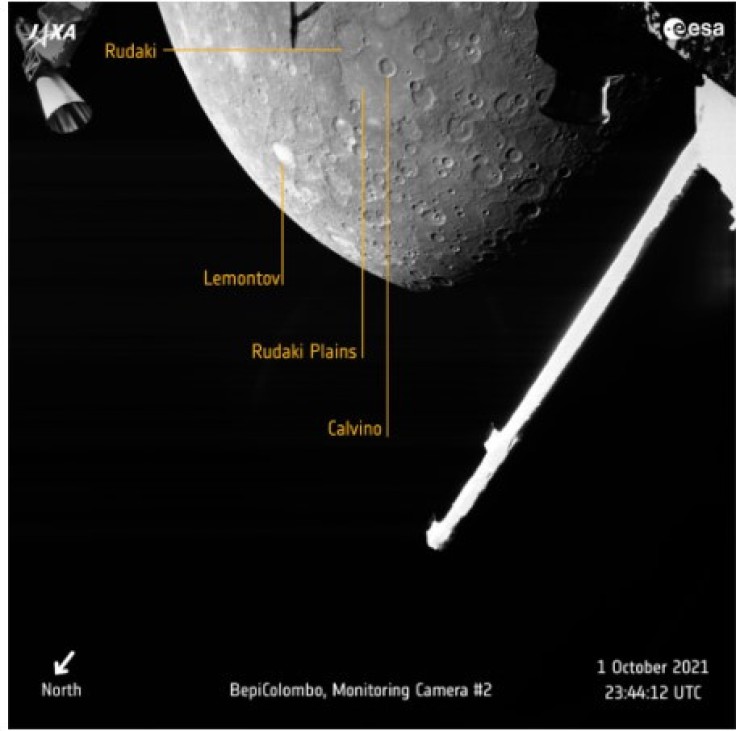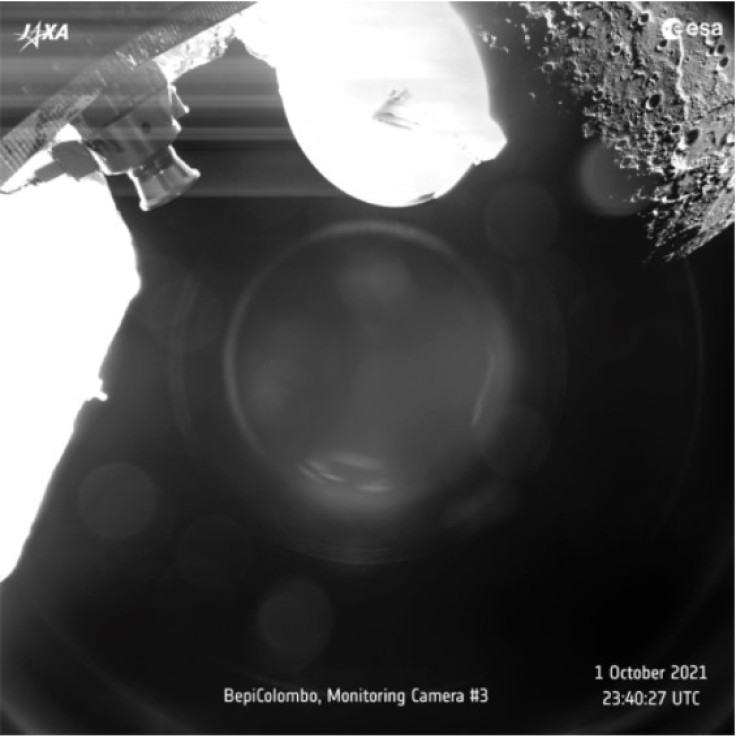Do you ever wonder what Mercury looks like up close?
A joint mission by a European-Japanese space agency will definitely feed your curiosity as it has photographed the smallest planet in our solar system last year when it made its closest approach to the Swift Planet.
Space Mission Flies to Mercury
In a flyby, two European and Japanese spacecraft captured their first close-up view of Mercury, revealing a rocky world riddled with craters.
According to Space.com, during a flyby near Mercury on Oct. 1, 2021, the two linked probes, known as BepiColombo, captured their first image of the planet. The encounter was the first of six Mercury flybys for BepiColombo, a joint European and Japanese space agency mission to slow itself down sufficiently to enter orbit around the planet in 2025.
When Did BepiColombo Capture Its First Photo of Mercury?
BepiColombo made its closest approach to Mercury at 7:34 p.m. EDT, passing within 124 miles (200 km). At 7:44 p.m. EDT, the spacecraft took its first official snapshot of Mercury. As the probe was about 1,502 miles (2,418 kilometers) away from the planet, it used its Mercury Transfer Module Monitoring Camera 2, a black-and-white navigation camera.
What Does Mercury Look Like Up-Close?
As per The Guardian, citing the European Space Agency, the acquired image depicts the northern hemisphere and Mercury's distinctive pock-marked features, including the 166km-wide Lermontov crater.

The space agency also clarified that the BepiColombo mission will investigate all aspects of this strange inner planet, from its core to its surface processes, magnetic field, and exosphere, in order to better comprehend the genesis and evolution of a planet near to its parent star.

Mercury is the only rocky planet circling the Sun with a magnetic field, aside from our own. A liquid core generates magnetic fields, but given Mercury's size, it should have gotten cold and solid by now, just like Mars'.

This anomaly could be caused by a property of the core's composition, which BepiColombo's instruments will be able to measure with far better precision than ever possible.

Five More Flybys to the Mercury Mission
The Guardian reported that BepiColombo needs five more flybys to slow down enough to release the ESA's Mercury Planetary Orbiter and Jaxa's Mercury Magnetospheric Orbiter. Mercury's magnetic sphere, as well as its core and surface processes, will be studied by the two probes.
Meanwhile, Space.com noted that the next Mercury flyby is set for June 20, with four additional flybys planned for June 2023, September and December 2024, and January 2025. BepiColombo is scheduled to enter orbit around Mercury on Dec. 5, 2025, if all goes well.
Other Info About the BepiColombo Mission
The European Space Agency and the Japan Aerospace Exploration Agency, as per The Guardian, worked together on the project, which launched in 2018 and flew once around the Earth and twice over Venus on its approach to the solar system's smallest planet.
On top of that, the mission is named after Italian scientist Giuseppe "Bepi" Colombo, who is credited with contributing to the development of the gravity assist maneuver used by Nasa's Mariner 10 on its 1974 mission to Mercury.









